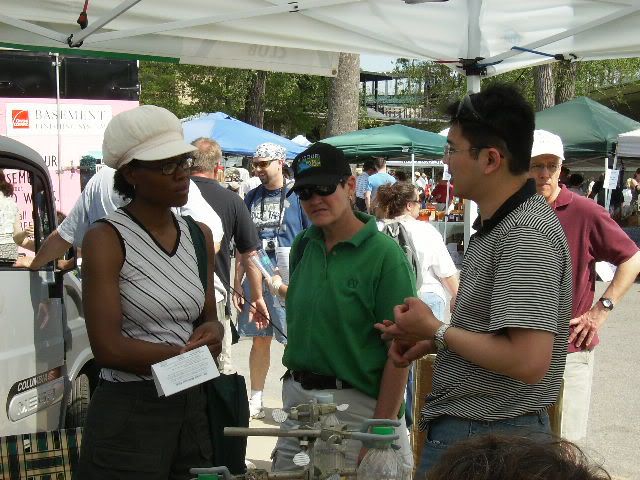With the current political climate and the heightened awareness of the extremely urgent need to stop (or at least reduce) our destruction to the environment, it is evident that climate change may be irreversible if drastic actions are not taken now. Change takes time, political will and legislation, etc takes time, but the time to act is really now.
In general, I'd think it is a 2 pronged approach. One would definitely be the reduction and complete conversion of burning fossil fuels to renewable energy as much as possible. The second would be to reclaim green spaces and also to take care of the ocean and waters to help oxygen producing phytoplankton thrive.
I read this recent UK's Independent article and it has intrigued me and also reinforced what I have been thinking of recently of employing plants and phytoplankton to help naturally and quickly absorb and lock away as much CO2 as possible. If I am not mistaken, this article from Wikipedia does mention that nearly 50% of the O2 is produced by these microorganisms. This makes sense as 70% of the world is covered by the ocean, making it a very large surface of abundance for the phytoplankton to thrive.
The other 50% is by plants, and to me, what makes most sense is something that grows fast, most efficient at producing O2, is hardy and also useful for consumption if possible.
Another thing to consider is the concrete jungle in cities and house roofs. For ever acre and hectare we consume permanently for buildings, we need to reload them with as much greens as possible. I envision a symbiosis between these buildings & residential homes: be it indoor plants else exterior wall with planters and unused rooftops / plant growing roofs would make the most sense to help "re-green" and reclaim these spaces to grow plants. I'd think that they are a good and natural insulator as a roof if properly constructed.
Phytoplankton that produces oxygen is a bit more elusive, but an interesting read on algae bloom and the advantages and disadvantages are covered here: https://articles.extension.org/pages/45651/if-algae-produce-oxygen-in-a-pond-how-can-having-too-much-algae-cause-an-oxygen-depletion
I scoured around online for resources and this is what I found that may make most sense:
Fastest growing:
- Bamboo and hemp (Bamboo potentially up to 10cm per day and industrial hemp 60 days 3 to 6 feet tall)
- Bamboo, Kudzu and other misc (not so much for algae since it does pull O2 from the waters) but I will throw caution as to introducing certain species which may be invasive and non-native (kudzu)
Round the clock O2 production:
- https://timesofindia.indiatimes.com/life-style/home-garden/5-plants-that-release-oxygen-at-night/photostory/59969056.cms
- https://wiki.nurserylive.com/t/top-9-plants-that-absorb-co2-at-night-as-well-best-for-indoors/315 that will hopefully help speed up CO2 absorption, is hardy and perfect for the indoors.
- An honorable mention would be these plants which seems to point to higher O2 output which may suggest more efficient O2 production during the day time:
- Bamboo & hemp, though the winner may be bamboo due to its speed of growing and less controversial as compared to hemp.
- Green roofs: Looks like succulents are most hardy with harsh conditions to bear https://inhabitat.com/top-10-plants-for-a-living-roof/ and the incentives are there, even though at potentially $8 per square foot compared to traditional built up roofing at $1.25 per square foot and green roofs lasting twice as long as these traditional built up roof:
- Something to also consider: rapid growing food crops:

